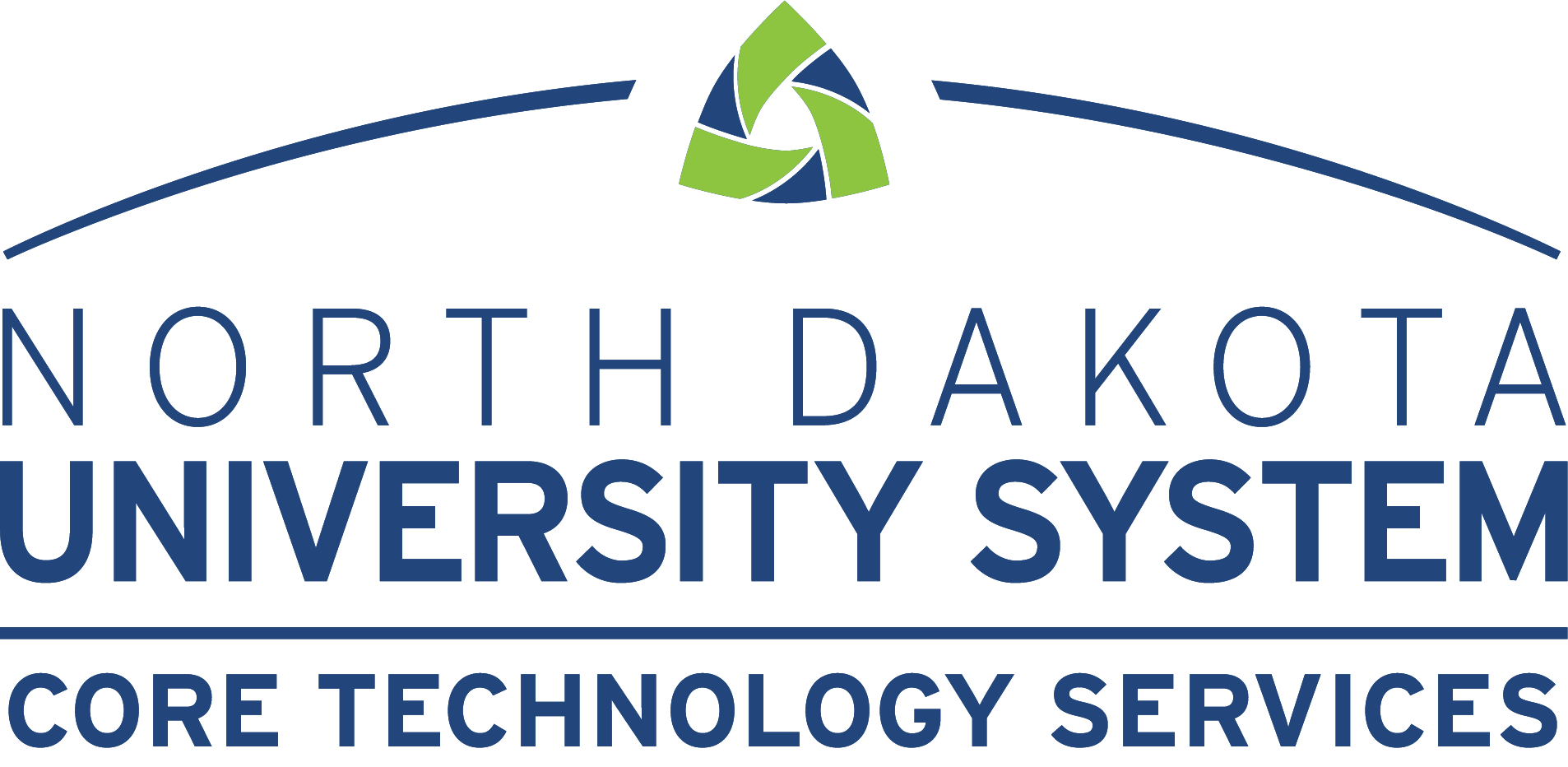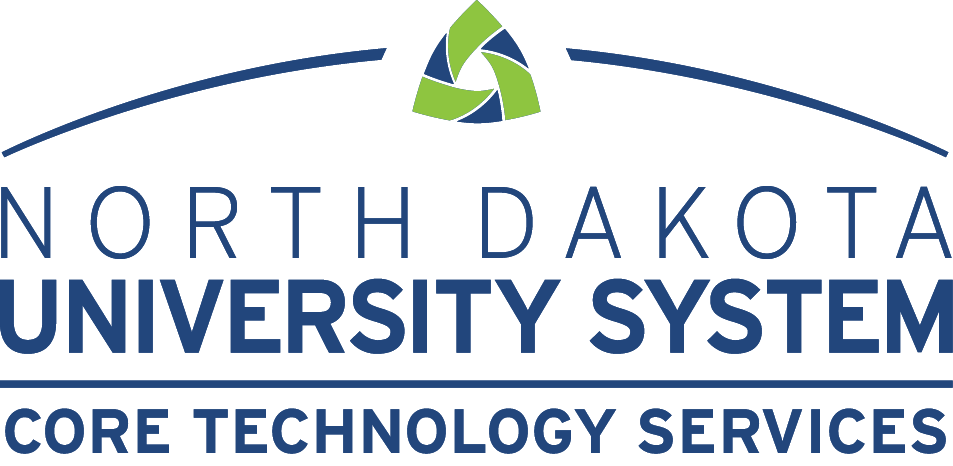Digital Transformation
What is Digital Transformation?
Digital transformation for ERP (Enterprise Resource Planning) platforms in higher education refers to the comprehensive process of integrating digital technologies into all aspects of an institution’s operations, fundamentally changing how it functions and delivers value to students, faculty, and staff.
Here are the key components of this transformation:
Integration of Systems
Digital transformation involves integrating various standalone systems into a unified ERP platform. This integration ensures seamless communication and data flow between departments such as admissions, finance, human resources, and academic services.
Automation of Processes
By automating routine administrative tasks, institutions can reduce manual effort, minimize errors, and improve efficiency. This includes automating processes like student enrollment, payroll, and grading.
Data-Driven Decision Making
ERP platforms enable institutions to collect, analyze, and leverage data from various sources. This data-driven approach supports informed decision-making, strategic planning, and continuous improvement.
Enhanced User Experience
Digital transformation focuses on improving the user experience for students, faculty, and staff. This includes providing easy access to information and services through user-friendly interfaces and mobile applications.
Scalability and Flexibility
Modern ERP systems are designed to be scalable and flexible, allowing institutions to adapt to changing needs and growth. This ensures that the system can support new programs, increased student enrollment, and evolving technological requirements.
Improved Collaboration and Communication
Digital transformation fosters better collaboration and communication within the institution. ERP platforms provide tools for real-time communication, project management, and collaborative workspaces.
Enhanced Security and Compliance
ERP systems offer robust security features to protect sensitive data and ensure compliance with regulatory requirements. This is crucial for safeguarding student and staff information.
Cost Efficiency
By streamlining operations and reducing the need for multiple disparate systems, digital transformation can lead to significant cost savings. This allows institutions to allocate resources more effectively.
Innovation and Future-Readiness
Digital transformation prepares institutions for future technological advancements. It encourages a culture of innovation, ensuring that the institution remains competitive and capable of meeting the evolving needs of the educational landscape. In summary, digital transformation for ERP platforms in higher education is about leveraging technology to create a more efficient, effective, and responsive institution. It enhances the overall experience for all stakeholders and positions the institution for long-term success. This is one of the purposes of Envision 2035.

